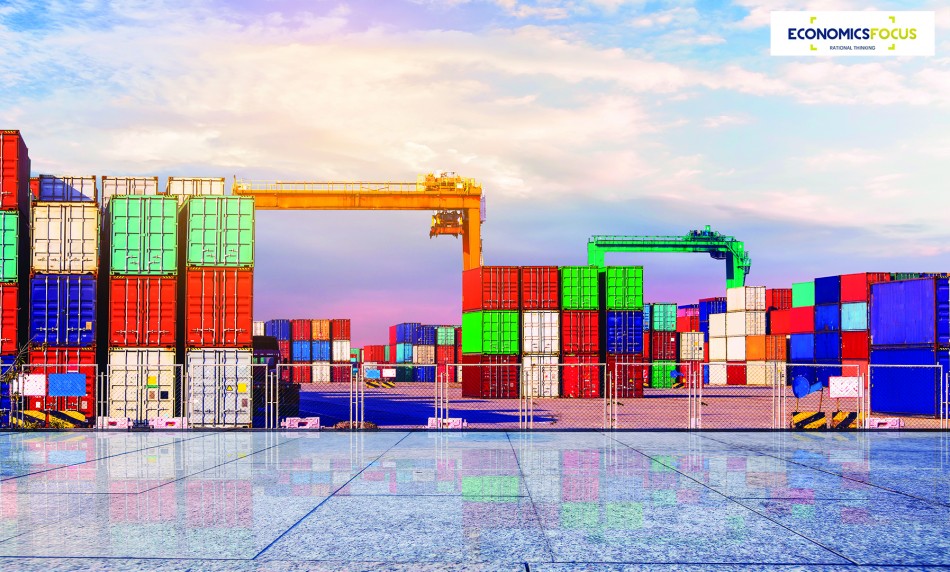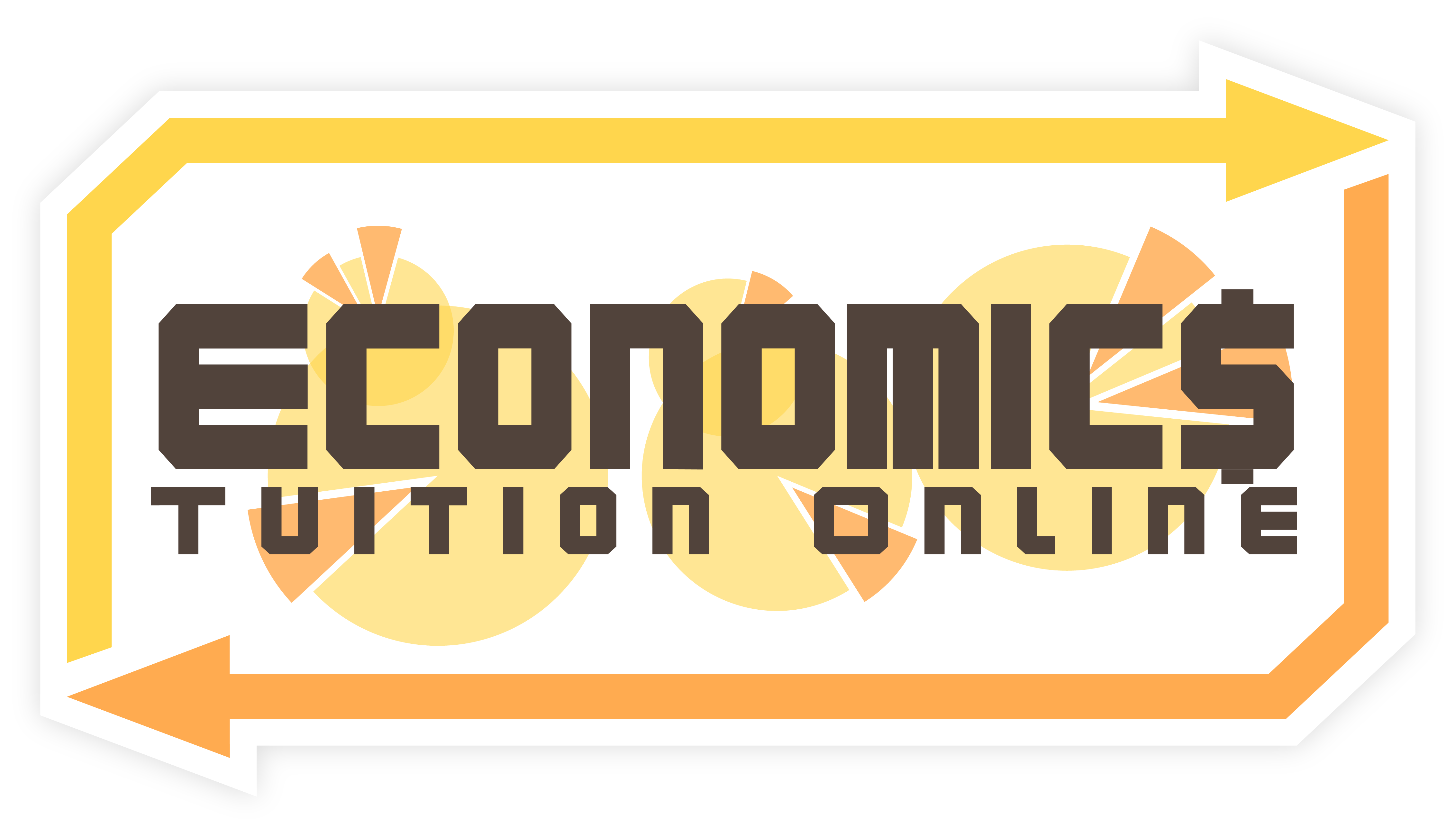-Countries can now reap the advantages of economies of scale. (cost saving gained from large scale production – fall in AC=TC/increase in Q) With increased trade, there would be increased market demand. Thus production will increase, allowing firms to reap EOS, lowering average costs of production
-Consumers can now enjoy a greater variety of goods and services. This would increase the standards of living in the country since the consumer can enjoy other types of goods, which the country is not able to produce due to both natural and man-made constraints.
-Trade can also enhance greater efficiency in production through greater specialization. This would allow firms to cut down on costs of production, which could lead to lower prices that consumers can enjoy.
-With trade, the country’s PPC can be shifted outwards as the availability of resources increases
-A country embarking on economic development can now import more capital equipment and raw materials for its economic development. In due time, the country will be able to expand the production capacity and hence achieve economic growth
-A wider variety of goods and services at a lower price level for consumption to raise consumer satisfaction, satisfying their taste and preferences
-Firms are able to enjoy both internal and external economies of scale – large scale of the market – increase in production - reap EOS and lower average cost of production
-Increasing world output – specialization based on comparative advantage – will raise the efficiency of production of the respective countries which specialize – thus raising world output
-Countries with surplus of raw materials can export these in exchange of other goods and services – enable optimization of resources at a global scale – reduces wastages
-Increased competition among suppliers in world markets – raise the efficiency of production – the world market has more producers
-Provide growth for the nations engaged in trade as there is greater market and flow of foreign direct investment – raise the production capacity and opportunities of employment
-Facilitates transfer of knowledge and technology
-Promotes beneficial political links


